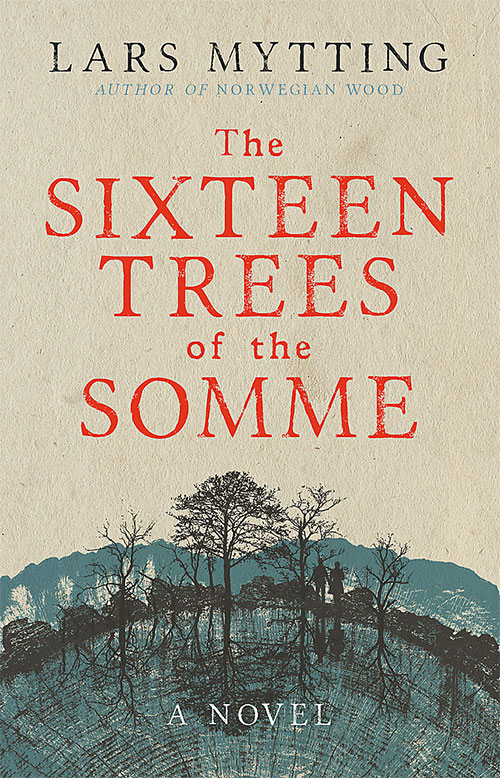Wood has always held a mysterious fascination for me - mysterious inasmuch as I can never quite fathom what it is that I find so appealing. Is it the grain? The texture? Or the capacity (in skilled hands) for it to be made into something functional — sailing vessels, basic furniture and everyday utensils — and also its natural beauty in the form of exquisite designs in churches, palaces, universities, stately homes, contemporary homes and gardens.
I am a person who wanders around tree(s) and ponders on the historical events taking place whilst it grew from sapling stage to its current state. Redwoods, Oaks, Mahogany, Rimu, and even driftwood, knotted and gnarled by life and water, can leave me quite overwhelmed.
So the intriguing title The Sixteen Trees of the Somme set off my internal musings of Nature standing firm amidst man-made destruction, and it made me keen to read this book. I wasn’t disappointed!
This is the story of Edward — a young Norwegian living on the family farm with his emotionally distant grandfather Sverre. Edward's life has been emotionally stunted by both his upbringing — his grandfather fought in the German Army during the Second World War, a fact that sets the family apart from the other villagers — but also by being the only survivor in the tragic and inexplicable deaths of his parents. His own disappearance at that time and subsequent recovery four days later when just a toddler is an unsolved mystery. Edward doesn't fit in and isn't particularly happy with his solitary condition.
After the sudden death of his grandfather, Edward has a talk with the local minister who provides him with the basic bones of his family history including the introduction of Einar Hirifjell, Sverre's brother, a master cabinetmaker who had lived and supposedly died in France in 1944 (after a brief period of time spent in the Shetland Islands). How is it then that a dead man manages in 1979 to have a magnificent flame-birch coffin delivered from the Shetland Islands for Sverre? How can such workmanship not be Einar's?
So, we journey with Edward back in time from 1980s Norway, the Shetland Islands and France to a particularly brutal First World War Battle in the Somme which is the catalyst for the next sixty years of history that will uncover the mystery of Edward's tragic family losses.
The Sixteen Trees of the Somme
Lars Mytting has produced a tale as historically epic as the circles in the life of, say, a giant Sequoia. And, yes, the sixteen walnut trees of the Somme are hugely significant to Edward in uncovering his heritage but you have to keep reading.
I really enjoyed the fictional story set amidst the reality of history and was very grateful to have the pictorial maps at the front of the book to give me some sense of distances in Edward's travels.
I’m almost certain that this is the first love story I have read written from a male perspective. I did find it a little difficult to emotionally connect with any specific character as they are, for the most part, discussed in reminiscences by other characters in the novel to explain the sequence of events. Emotions are suppressed in striking contrast to the vivid descriptions of scenery, weather, and military battles and of course, those undefeatable walnut trees!
The Sixteen Trees of the Somme
by Lars Mytting
Published by Hachette New Zealand
ISBN: 9780857056047




Add a comment to: The Sixteen Trees of the Somme